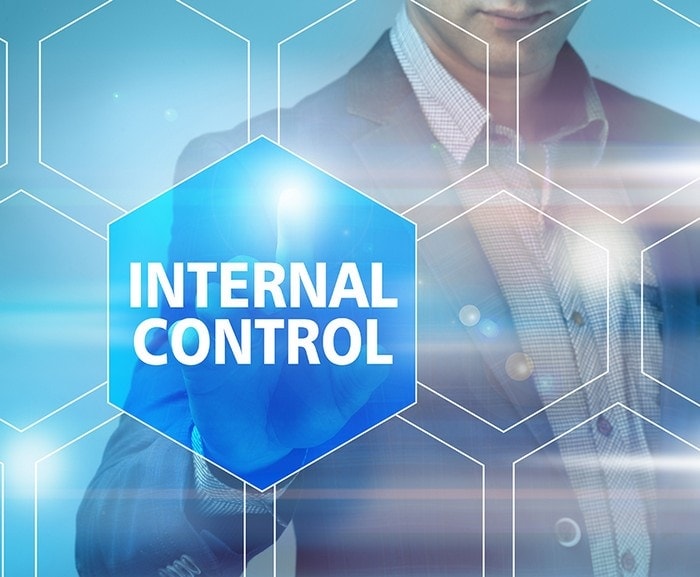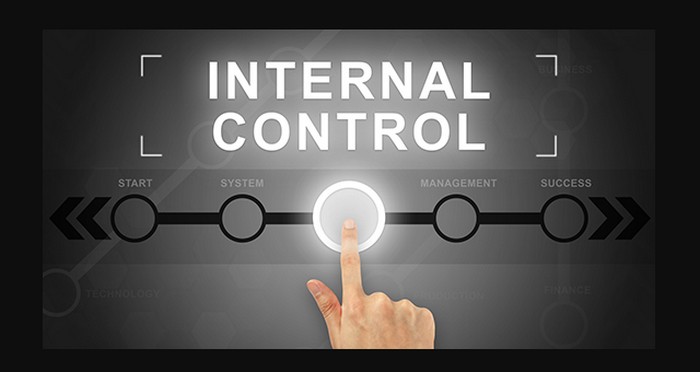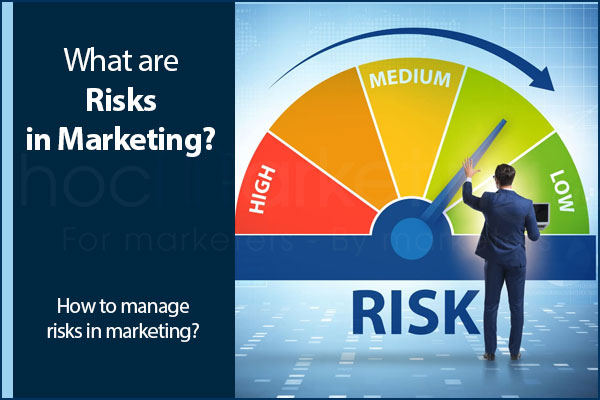
Exploring Internal Control: Objectives, Types, Components, and Importance

Internal control is a crucial process that involves monitoring, reviewing, and auditing an organization's financial records, resources, and system Its objectives are to maintain transparency, efficiency, accuracy, prevent unlawful activities, and control wastage The responsibility for internal control lies with the organization's management, and it comprises preventive, detective, and corrective controls Its components include monitoring and reviewing, information and communication, control environment, and risk assessment Examples of internal control are banks, fixed assets, and stocks
Internal control is a crucial process that involves accounting, auditing, and reviewing an organization's systems, methods, and accounts. Its primary objective is to ensure that the business processes are efficient, and resources and assets are utilized appropriately. By conducting internal controls, potential risks can be identified and addressed before they occur. Essentially, internal controls aim to optimize operations by minimizing risks, conserving resources, and reducing errors. It not only detects errors but also helps provide guidance to enhance work processes.
Internal control procedures vary among organizations, with some conducting it annually while others do so more frequently, such as half-yearly or quarterly. This process can be daunting for employees, who often perform their duties out of fear of being inspected. While internal control is necessary to ensure compliance, it can also limit the natural flow of business, reducing efficiency. As a result, designated teams are often responsible for conducting internal control as business owners cannot oversee every aspect of the organization. However, in small businesses, owners can conduct internal control themselves.
The objective of Internal Controls
Followings are the objectives of Internal Controls:
#1 To maintain the transparency and accuracy in the financial records:
Financial accuracy and an up-to-date record keeping system is crucial in order to have a precise understanding of a company's financial status. By implementing internal controls, potential fraudulent activity or errors can be detected and rectified.
#2 To run the business efficiently:
Internal control is crucial for businesses as it ensures smooth operations and helps to minimize the impact of potential threats in the long term.
Financial statements hold immense significance for any company as they serve as a crucial reference point for shareholders and investors. It is imperative that these statements are submitted in a timely manner and are accurate in order to maintain transparency and build trust. To achieve this, internal controls are implemented in the accounting process to ensure that the financial statements are prepared accurately and within the specified timeframe.
#4 To control the assets and resources being wasted:
Safeguarding an organization's assets and resources is paramount to its success. The deployment of internal control measures ensures that these valuable resources are being utilized appropriately and not squandered in any manner.
#5 To prevent unlawful activities and theft in the organization:
Internal Control: Minimizing Threats to Organization's Business Process and Image
In any organization, it's challenging to monitor the activities of every employee, despite various security measures in place. To ensure that employees are performing their duties appropriately and not engaging in any illegal activities, internal control is crucial. It helps identify potential threats at an early stage, reducing their impact on the organization's business process and reputation.
Who is Responsible for internal control?
The responsibility of internal control can vary depending on the size and structure of an organization. In smaller businesses, the owner may have the sole responsibility for internal control, while in larger organizations, employees may also be involved in conducting internal controls. This is often due to the owner having limited time to oversee all aspects of the business.
For large organizations, a dedicated team is designated to oversee internal control across various departments. While the management and board of directors hold the primary responsibility, the top manager is responsible for implementing internal controls. Unlike in small organizations where the owner may take on this responsibility, in larger ones, the chief manager acts as a leader and delegates internal control to specific employees.
The organization's manager reviews the reports generated by employees tasked with conducting internal control processes. Based on the findings, important decisions are made and the management is ultimately under the control of the board of directors. The manager is accountable to the board of directors and must report any issues discovered during the internal control process. If the management overrides decisions or acts dishonestly, the board of directors takes appropriate action.
Types of Internal Control
The effectiveness of internal controls implemented in an organization is contingent upon the organization's nature and operational procedures. It is critical for companies to ensure that their audit processes encompass all necessary procedures and methodologies to establish a robust internal control system. The various types of internal control employed by organizations are as follows:
#1 Preventive Control:
The aim of implementing preventive controls is to mitigate the risk of errors and anomalies occurring within an organization. By identifying and addressing potential issues before they can cause harm, preventive controls can help to maintain the integrity of the business processes and safeguard against any negative consequences.
#2 Detective Control:
Unannounced internal controls are conducted to uncover any anomalies or errors that have occurred within the organization. The main objective of this type of control is to identify and address any issues that may have gone unnoticed, ensuring the organization is operating efficiently and effectively.
#3 Corrective Control:
Corrective control is a crucial step in ensuring the smooth functioning of a business process. Its primary objective is to identify any anomalies or errors that may have occurred and take corrective measures to eliminate them. This helps in making the process error-free and efficient.
Components of Internal Control
#1 Monitoring and Reviewing:
Internal control serves as a crucial tool in overseeing all activities within an organization and ensuring that they remain organized. This includes the monitoring and periodic review of all types of activities, including those related to internal control itself.
#2 Information and Communication:
Information gathered from monitoring and auditing is shared with higher management to make informed decisions.
The internal control process serves the primary objective of managing the organizational environment. It involves evaluating various aspects, including the organizational structure, management practices, adherence to ethical standards, and policies and procedures related to human resources.
#4 Risk Assessment:
Possible risk in the business process are found and are controlled in order to prevent the damage caused by the risk.
Importance of Internal Control
Internal control is important for an organization because of the following reasons.
The functions and processes taking place in the organization can be monitored and regulated.
Improved: The organization establishes a controlled environment that fosters open communication between management and employees. This allows for the collection and communication of information regarding issues, errors, and fraud, among other concerns. Preventive and corrective actions are then taken to minimize any losses resulting from these issues.
Examples of Internal Control
Internal control is used in various fields. In this section, you will learn about a few examples where internal control is used.
#1 Banks:
#2 Fixed Assets:
Having accurate closing balances in both the bank book and bank statement is crucial in maintaining internal control within banks. This practice helps to minimize the risk of errors and fraudulent activities, ensuring the trust and confidence of customers in the banking system.
Regular monitoring of fixed assets is crucial to prevent their misplacement or theft. Fixed assets can include office equipment, vehicles, buildings, machinery, and more. This is why internal controls should be periodically conducted to ensure that fixed assets are accounted for and remain secure.
#3 Stocks:
In order to keep track of inventory and ensure proper management of goods, various organizations including NGOs, hospitals, and police stations are required to store items such as drugs and food. To maintain the order and ensure accurate record keeping of goods entering and leaving the stock, it is essential to maintain a comprehensive register.
Internal control is also conducted in such an organization in order to check if something is being stolen or misused

















